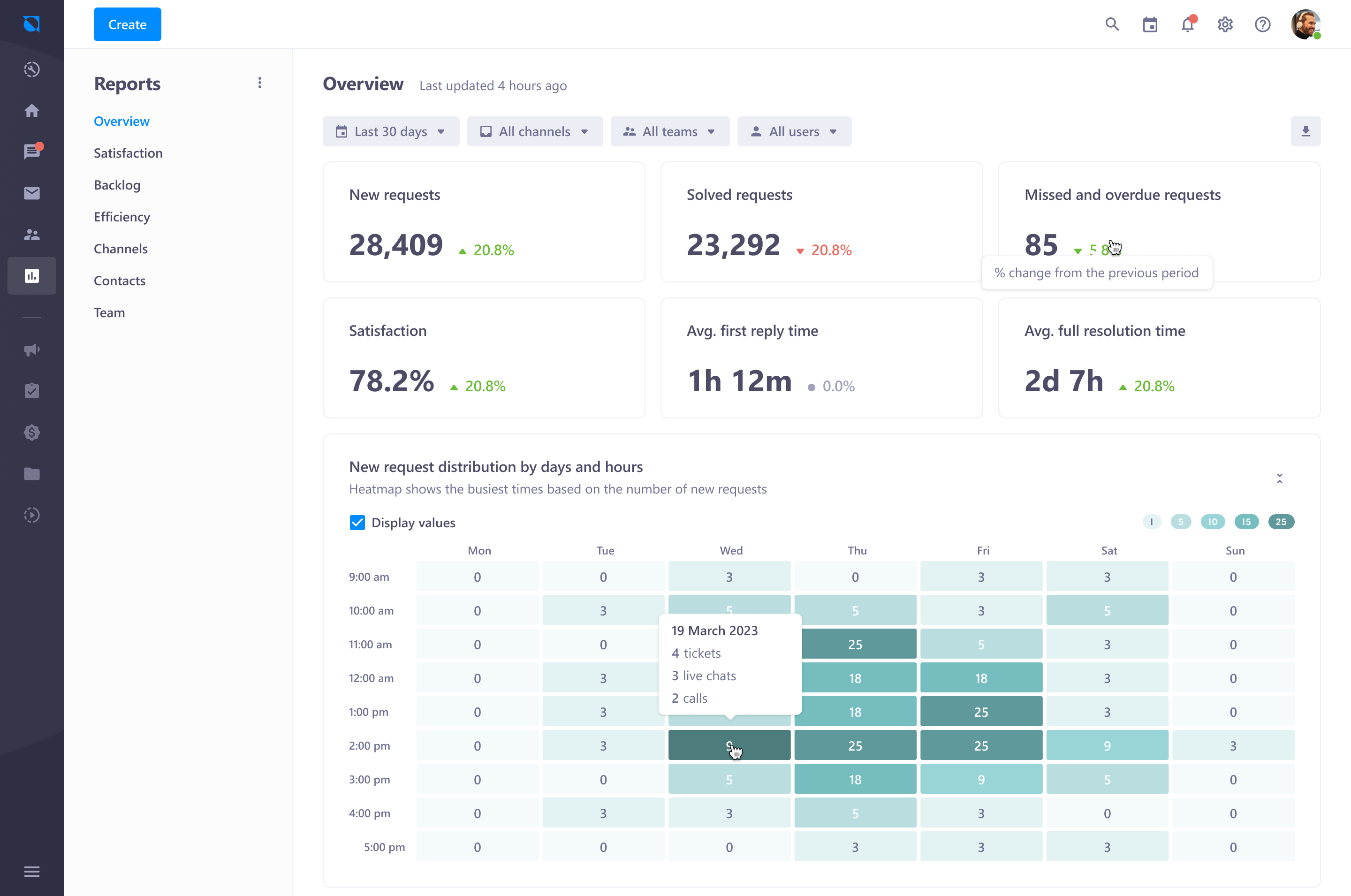The Impact of SLA Response Times on Business Reputation
The Impact of SLA Response Times on Business Reputation
Blog Article
In the present competitive organization landscape, customer service brilliance is non-negotiable. Among the key facets that impact customer satisfaction is your Company Level Agreement (SLA) result time. SLAs outline the estimated time frames within which your team must react to customer inquiries or issues. Failing to generally meet these objectives may result in frustrated consumers and ruined reputations. Thus, ensuring your SLA response time matches or exceeds customer expectations is critical for long-term success.

1. Set Reasonable and Obvious SLA Standards
Establishing an SLA response time that aligns with both customer objectives and your team's functions is the initial step. It's essential to determine apparent, measurable standards that are realistic yet challenging. Realize your customers' needs, the difficulty of one's company, and the sources available to your support team before placing these expectations. Aligning your SLA with industry requirements while considering your unique company context will help guarantee that you do not overpromise and underdeliver.
2. Leverage Automation for Quicker Reaction Situations
Automation can significantly increase response time and efficiency. Implementing ticketing systems, computerized email answers, and chatbots can instantly recognize client inquiries, allowing your help team to focus on resolving problems more quickly. Computerized workflows may sort and prioritize seats, ensuring that high-priority issues are addressed first, further lowering result times.
3. Check and Enhance Workflow Efficiency
Monitoring your team's performance against SLA benchmarks is essential for maintaining high quantities of customer satisfaction. Typical monitoring of important metrics like average reaction time and solution time can reveal inefficiencies in your workflow. Use these ideas to improve operations, optimize reference allocation, and give additional education to aid staff. Ensuring your group has the equipment and understanding to deal with dilemmas quickly is crucial for keeping within your SLA result time.
4. Implement Tiered Help for Various Complexity Levels
Not totally all customer dilemmas are created equal. By implementing a tiered support design, you can spend sources more efficiently, ensuring that more complicated dilemmas obtain the eye they require without impacting reaction instances for easier inquiries. This process assists keep a balance between quick answers and complete situation resolution.
5. Collection Customer Objectives with Proactive Conversation
Translucent communication is key to handling client expectations. If a concern can take lengthier to solve because of its complexity, tell the consumer promptly. By providing standard upgrades, you display that you're definitely working on their problem, which can maintain confidence even when answer situations are slightly delayed. Setting realistic expectations upfront assists build confidence and reduces frustration.

Realization
Conference your SLA response time is essential for customer satisfaction and retention. By setting realistic criteria, leveraging automation, optimizing workflows, employing tiered help, and maintaining hands-on connection, firms can assure they continually match or exceed customer expectations. The effect is stronger customer relationships, improved support distribution, and a aggressive side in the market. Report this page